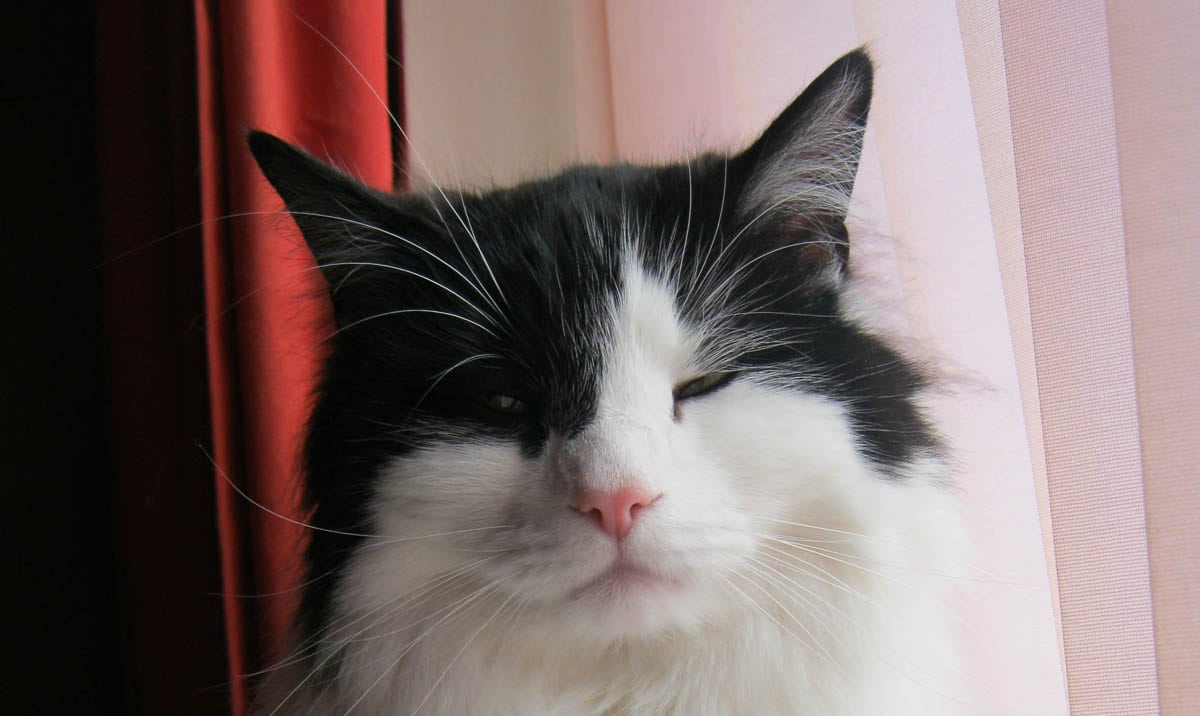Why do cats go to people who don’t like them?
People ask this question a lot, and the answer is simple.
Most cat lovers attempt to engage with a cat they see, and it can be this behaviour that leads to rejection. Picture this, you visit a friend whose cat is quietly sitting there observing, and you want a cuddle, what do you do? You lean forward, speak in a high tone, look directly at the cat and call him over. To a cat, direct eye contact is a sign of dominance and can be viewed as threatening behaviour. Cats try to out-stare each other if they are having an altercation (territory, food, female cat).
 Meanwhile, the visitor who doesn’t like cats or is allergic quietly sits down avoids all eye contact with the cat and makes absolutely no attempt to interact with the cat. The visitor is behaving in such a way that is viewed as non-threatening towards the cat. So who does Fluffy go to? The non-cat lover.
Meanwhile, the visitor who doesn’t like cats or is allergic quietly sits down avoids all eye contact with the cat and makes absolutely no attempt to interact with the cat. The visitor is behaving in such a way that is viewed as non-threatening towards the cat. So who does Fluffy go to? The non-cat lover.
The cat’s home is his territory, and a lot of cats can be wary around visitors. They need time to determine if the guest is a friend or foe. The cat will observe from a safe distance until he or she feels confident the visitor is safe. Rushing up to a cat who doesn’t know you (well) can be quite threatening. Meanwhile, the person who doesn’t want to greet the cat ignores it.
The slow blink

Eye contact with cats is an interesting subject. If you make direct eye contact with a cat and blink very slowly, it is seen as friendly behaviour. You are telling the cat that you are not threatening, and if you watch carefully, your cat may blink slowly back at you. This is the ultimate compliment.
So next time you visit a friend with a cat, sit down, look at the cat and slowly blink at him, or ignore him. Either way, you will be more likely to get his attention if that is what you want.
What to do
If you visit a home with a cat and want to meet it, try ignoring the cat and see if it comes to you. For the ailurophobe, show an interest in the cat and hope it works! Of course, this method could backfire as many cats love attention right from the get-go.
What not to do
Never force a cat to interact with a stranger if he or she doesn’t want to. Tell visitors to wait for the cat to come to them when they are ready. I recommend an elevated spot for the cat to retreat to when guests visit. Cats feel safe in an elevated position, and it gives them time to assess the visitor and decide if he or she wants to meet them. Always let the cat decide.
Ailurophilia is the love of cats. Ailurophobia is a fear of cats.

